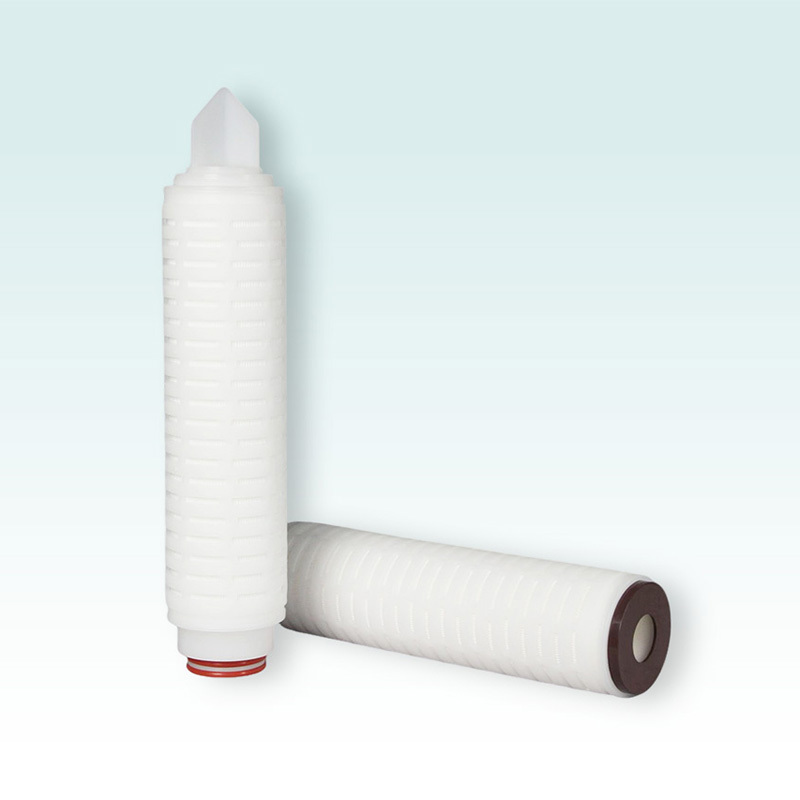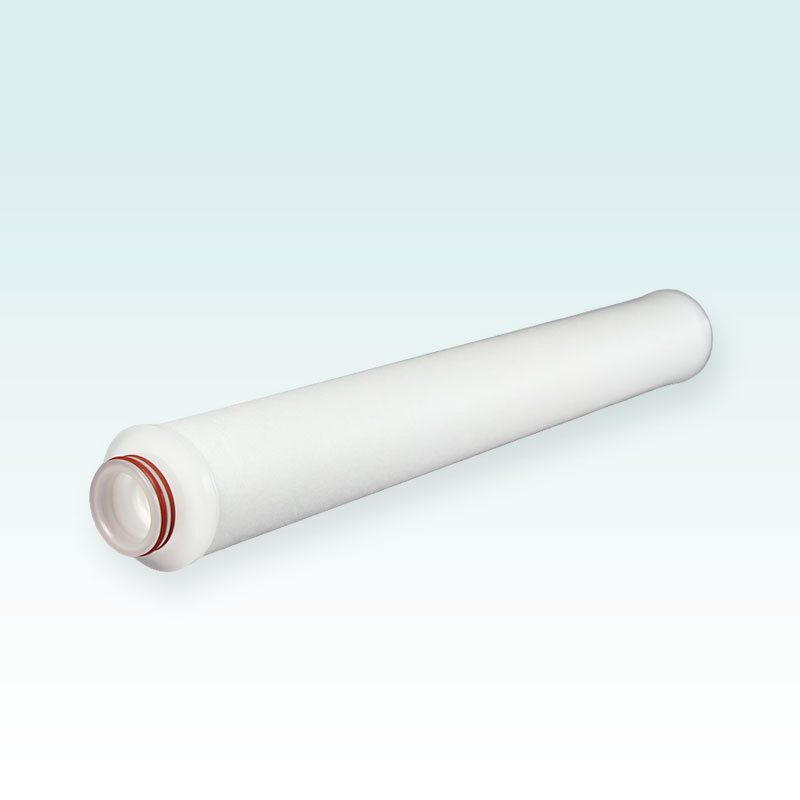Mammalian Cell Culture
There are various methods for culturing mammalian cells, and their primary application is in the production of therapeutic and diagnostic proteins on different scales. Cells can be cultured in cell bioreactors or fermentation tanks.
The first step in purification involves removing cells, cell debris, and particles before proceeding to the next processing step. This can be achieved using tangential flow filtration (TFF) or normal flow filtration (NFF). The choice between TFF and NFF for initial clarification depends mainly on the batch size and usage frequency (number of batches per year). If the batch size is small (e.g., less than 1000 liters per batch) or usage frequency is low, NFF is often a better choice due to the relatively low cost of disposable filters compared to the hardware investment and validation expenses for reusable membranes in NFF. Conversely, for large batch sizes and high usage frequencies, TFF is more economical as the cost of membranes can be amortized over a larger volume of product.
Purpose of Separation
● Clarification Filtration/Prefiltration
(First and Second Steps)
To cost-effectively remove cells, cell debris, and particles.
● Sterile Filtration
To reduce the bioburden or sterilize before further purification.
Application Requirements
Due to the high particle content and wide distribution of particle sizes, it is often difficult to remove all particles in a single filtration step. In many cases, using 2-3 stages of filtration to distribute the particle load is a more economical approach.
Recommended Products
SAF Coolest v1.3.1.2 设置面板 FWVSX-AEVY-OSSQE-AFA
无数据提示
Sorry, the current column is being updated, please look forward to it!
You can view other columns or returnHome Page





